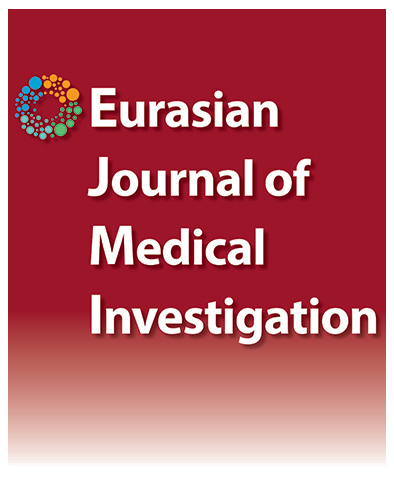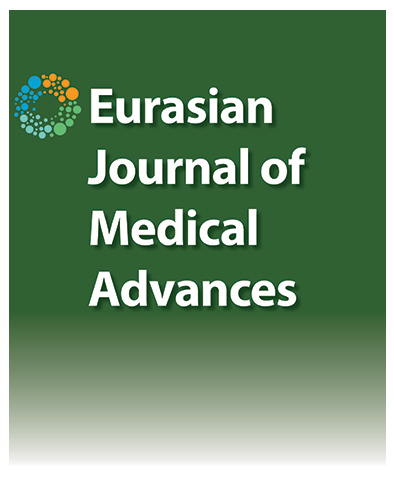Infectious Spondylodiscitis, an Overlooked Cause of Pain: A Review
Aysel Çınar SayhanDepartment of Physical Medicine and Rehabilitation, Bilecik Research and Training Hospital, Bilecik, TürkiyeInfectious spondyloarthritis occurs through the transmission of a microorganism by various routes, causing an infection in the spine. It can be diagnosed on any desired MRI based on clinical suspicion in the presence of an appropriate clinical manifestation (fever, pain, loss of strength) along with a significant increase in leukocyte, Erythrocyte Sedimentation Rate (ESR), and C-Reactive Protein (CRP) laboratory parameters. The definitive diagnosis is made by demonstration of the microorganism in the biopsy material. Since the disease is rare and low back pain is very common in the population, the diagnosis is often missed and delayed. Therefore, it still remains an important cause of comorbidity. Delayed diagnosis of this disease, which can be treated with appropriate antibiotic therapy, may result in disability by causing neurological sequelae.
The aim of this review is to provide information about infectious spondylodiscitis at a level to manage the diagnosis, treatment, and follow-up process, to keep this diagnosis in mind in patients with risk factors who present with back pain and local tenderness in the spine, especially in patients from endemic regions of tuberculosis and brucellosis, and to expand the investigation in this direction.
Manuscript Language: English





